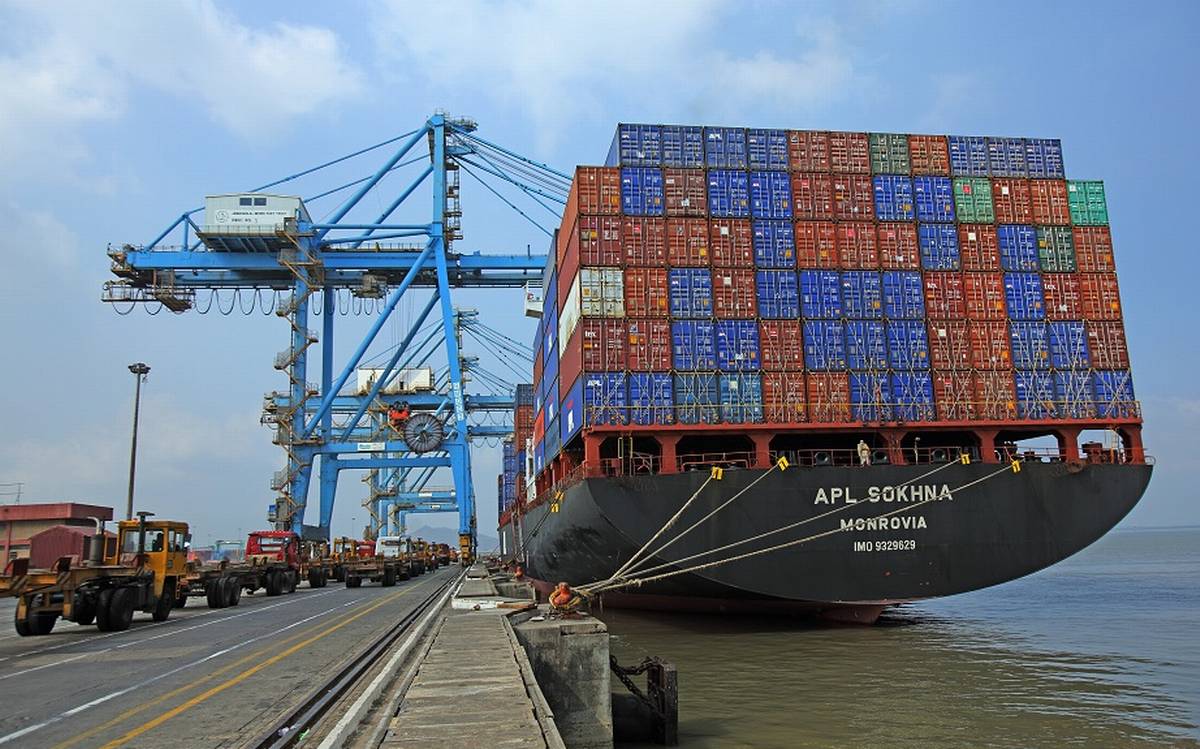State-run Jawaharlal Nehru Port Authority (JNPA) has scaled new heights by handling 1,688,145 TEUs of containers during the quarter ended June 30, 2024.
This represents a growth of 10.60 per cent, compared to 1,526,284 TEUs of containers in the corresponding period in the previous financial year 2023-2024.
“We are delighted to share that JNPA has continued its growth trajectory with significant increase in handling TEUs. This quarterly performance is a testament to JNPA’s efforts to reduce logistics costs and time by providing efficiency in EXIM and ease of doing business,” Unmesh Sharad Wagh, IRS, Chairman, JNPA, said.
He further stated that this quarter has been very fruitful for JN Port as it also received the Cabinet approval for the mega project of Vadhavan port, which is going to be a game changer for the Indian maritime sector.
“This project is a catalyst for strengthening economies of scale and transcending the conventional way of port operations in India. We also completed our 35 glorious years of establishment and have been thriving ever since,” Wagh further added.
JNPA handled 567,392 TEUs of containers in June 2024, representing an increase of 19.11 per cent respectively, compared to the traffic in June 2023 which was 476,350 TEUs of container.
“There is also a remarkable increase in the rakes share. In June 2024 containers handled through rakes are 86333 TEUs an increase of 17.13 per cent compared to 73707 TEUs in June 2023,” the authority said.
“JNPA is dedicated to strengthening the nation’s economic growth and is at the forefront of the global value supply chain. By implementing top-tier mechanisms for conducting business, JNPA ensures excellence and efficiency in India’s maritime sector,” it added.
Currently, JNPA operates five container terminals – NSFT, NSICT, NSIGT, BMCT and APMT. The Port also has a shallow water berth for general cargo. A Liquid Cargo Terminal present at the JNPA Port is managed by the BPCL-IOCL consortium. Additionally, the newly constructed coastal berth links other Indian ports and facilitates enhancing the traffic of coastal containers.

